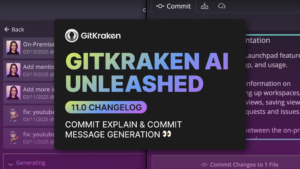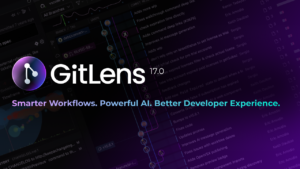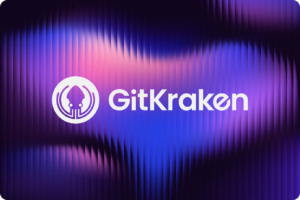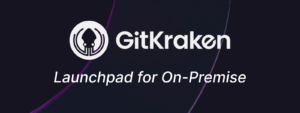This article was written by guest author – and GitKon speaker – Kyle Fransham.
Kyle has over 15 years of experience developing high-performance applications for public and private sector organizations. A long-time veteran of big data and cloud computing, he leverages his experience from Silicon Valley-based research institutes and the Canadian federal government’s research computing department to lead Superna’s charge on cutting-edge software development. As VP R&D at Superna, he leads the teams responsible for the development, testing, and delivery of Superna’s software products.
Hear more about this topic in Kyle’s GitKon session, Improving Project Management with Jira and Git. Watch on-demand here (expand the video description and use the chapters to jump to his talk).
A clear, adaptable development plan is vital for the success of a software initiative. While the ultimate success of such a plan is often measured by its outcomes, certain leading indicators can be used to track progress and effectiveness, providing early warnings of potential issues.
In this article, we’ll explore these leading indicators, including metrics related to the average fraction of time that software engineers spend on team-related tasks and the “age of the story.” These metrics highlight the importance of adapting to changing requirements and scoping out projects effectively.
Clear and Aligned Objectives
The success of any development plan depends on well-defined and aligned objectives. Clear goals ensure that all involved parties understand the desired outcomes and that these outcomes are consistent with the broader mission or vision. When objectives are transparent and closely aligned, it’s an early sign that the development plan is on the right track.
Team-Related Task Metrics
The average fraction of time that software engineers spend on team-related tasks is a critical leading indicator of success. Achieving a balanced allocation of time for engineers, where they are not isolated from the team but also not overwhelmed by non-code-related tasks, is vital. A deviation in the baseline of the amount of time spent on non-code-related tasks can indicate a change in the activity, which may cause the plan to deviate from the baseline.
Decrease in Non-Code-Related Tasks: A decrease in non-code-related tasks may indicate lower engagement or a shift in the team’s focus. It’s essential to address this deviation to maintain productivity and project alignment.
Significant Increase in Non-Code-Related Tasks: Conversely, a significant increase in non-code-related tasks may signal an upsurge in planning or corrective activities. Monitoring and addressing this deviation is crucial to ensure the project remains on track.
Adaptability and Course Correction – Measuring the Age of the Story
Adaptability is key in successful development plans, and one effective way to measure it is by assessing the “age of the story.” This metric helps determine how many stories were created before the project started and how many resulted from new information.
Stories Created Before the Project: This represents the number of stories that were identified and created before the project initiation, based on initial project scoping and requirements.
Stories Created Due to New Information: This indicates the number of stories that were added to the project scope due to new information, changing requirements, or evolving stakeholder needs.
A growing trend of new stories added during a project can be an early warning sign that the initial project scope was not adequately defined, indicating a risk to the project’s deliverables.
Quality Metrics and Defect Origin
Ensuring software quality is paramount in development. Measuring the origin of defects, specifically where defects are discovered, can be a leading indicator of risks to the plan.
Change in Defect Origin: A shift in the origin of defects can indicate a risk to the plan. If there are more defects found in QA, it may suggest that developers are submitting lower-quality code in areas that are easily observable and detectable by the quality assurance engineers.
Conversely, an increase in defects discovered after the software has been released (higher defect escape rate) can indicate that QA and automation are not testing the correct areas, which poses a risk to the plan’s adherence.
Conclusion
All of these leading indicators that we’ve discussed rely on established baselines and the ability to identify deviations from the norm in your organization’s development process. Every organization is unique, and what’s considered “normal” can vary widely.
The critical aspect of success is understanding what’s normal for your organization and actively adjusting early. These indicators help ensure that your development plan remains aligned with your objectives, emphasizing the importance of adaptability, thorough scoping, and software quality. By understanding what’s typical for your team and project, you can navigate the dynamic world of software development with greater precision and confidence.










